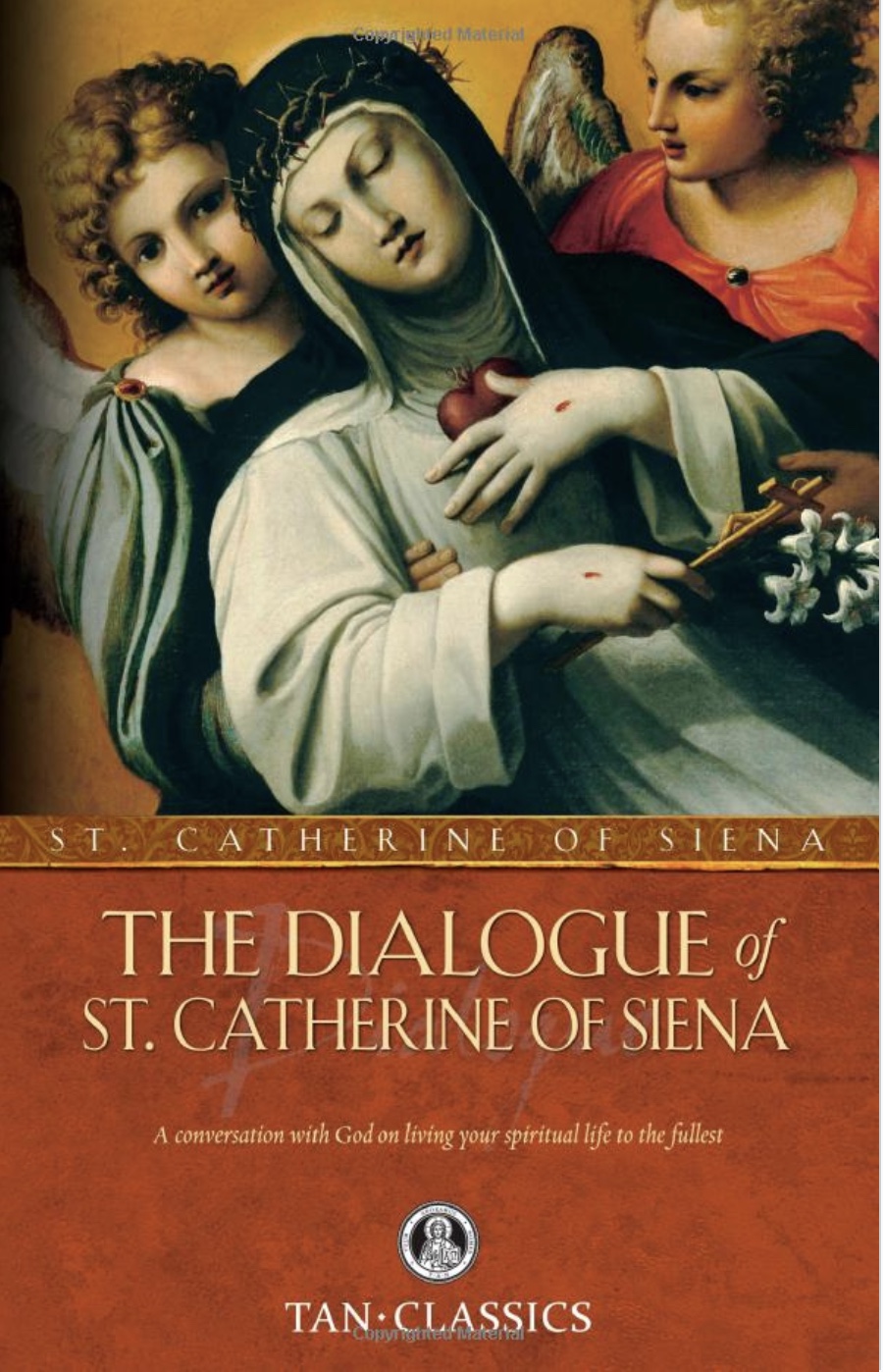The Form of the Good is the greatest thing to learn about, and that it is by their relation to it that just things and [other virtuous things] become useful and beneficial. (Republic, 505a) Plato suggests that justice, truth, equality, beauty, and many others ultimately derive from the Form of the Good.
Republic is firstly an argument about the ideal structure of a city. Notoriously, Plato installs philosopher-kings as a benevolent council. If the rulers of the city are to make themselves, their citizens, and their city good, they must first know Goodness itself. This form is the one that allows a philosopher-in-training to advance to a philosopher-king. It cannot be clearly seen or explained, but once it is recognized, it is the form that allows one to realize all the other forms. Stephen Hawking famously quipped that we should ask not only what the equations governing the universe are, but also “what breathes fire into the equations?” For Plato, both the equations and the fire are the Form of the Good.
Plato’s was the first major metaphysical system in the West, and it dominated Western thought through the middle of the second millennium. Consider the subject of mathematics and geometry. What is a point? It is a location in space with no dimension. In other words, it is not a real object. Points are ideal entities, not space-time particulars. They take up no space. Likewise, lines have length but no breadth. Mathematics is about ideal entities, and some mathematicians today are still “Platonists” about numbers: they hold the view that numbers or other mathematical objects are immaterial things. And they have to be in order for us to be able to know eternal truths about them.
If we live in a rationally ordered cosmos, this helps underwrite a social order that is rigidly hierarchical. It is no surprise then that through the Middle ages humans organize themselves into strict hierarchies. We find a hierarchical church and a stratified social structure, with serfs serving the king and the king serving God.
Consider Plato’s influence on theology: The Form of the Good is the ground of all being, an immaterial object that exists more perfectly than anything else, a thing responsible for the goodness and rationality in the world. This is something like an interpretation of the Christian view of God developed in the Middle Ages, founded in Platonic and Neo-Platonic metaphysics.
Perhaps most importantly, Plato’s arguments in Republic make possible scientific inquiry. Science is only possible if the natural world is intelligible to our rational faculties. Many people credit Plato’s student Aristotle with the initiation of the scientific project of humanity, and many in turn credit the scientific method as the West’s most profound contribution to humanity.
Aristotle along with other scholars sees the Form of the Good as synonymous with the idea of One. Plato claims that Good is the highest Form, and that all objects aspire to be good. Since Plato does not define good things, interpreting Plato’s Form of the Good through the idea of One allows scholars to explain how Plato’s Form of the Good relates to the physical world. According to this philosophy, in order for an object to belong to the Form of the Good, it must be One and have the proper harmony, uniformity, and order to be in its proper form.
Love & truth,
Matthew




